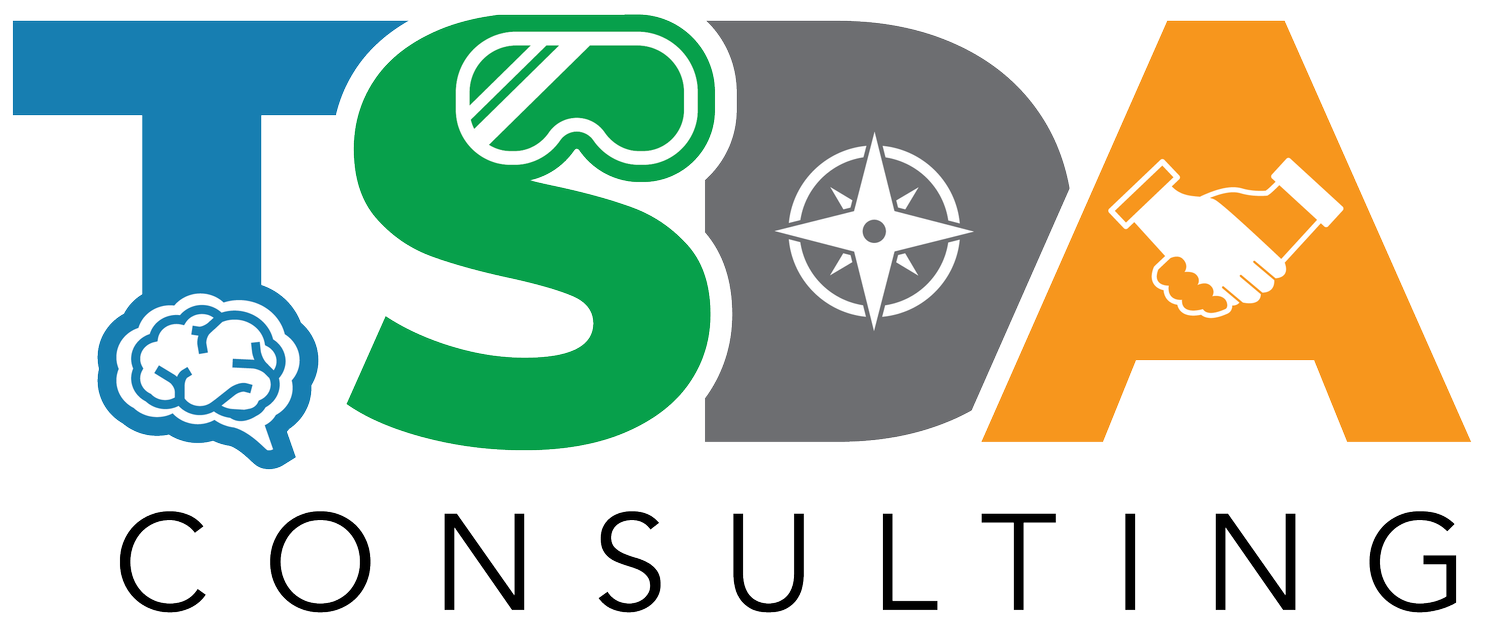Achieving Safety Excellence: Utilizing Metrics to Drive Progress
Safety is paramount in every aspect of life, whether at home, work, or anywhere else. We all want to feel secure and protected in our environment. But how do we strive for excellence in ensuring safety? The answer lies in utilizing metrics to foster accountability and drive progress. Let's explore the power of measuring safety performance through data-driven metrics, uncovering ways these numbers can empower individuals and organizations towards a culture of unwavering commitment to safety. Get ready to discover the key ingredients that pave the way for exceptional safety practices – let's go!
There are many benefits to using metrics to improve safety performance. For starters, metrics provide a way to measure progress and identify improvement areas. Additionally, they can help motivate employees to adopt safe practices and improve safety compliance. Furthermore, effective use of metrics can help an organization communicate its commitment to safety and foster a culture of accountability. Properly designed metrics can help an organization focus on the most effective safety interventions.
When it comes to safety, there is no one-size-fits-all solution. The best way to ensure a safe work environment is to tailor your approach to your organization's specific needs. Part of this process involves identifying the most relevant metrics for your company.
There are various factors to consider when choosing which safety metrics to track. The first step is to identify your organization's goals and objectives. Once you know what you're trying to achieve, you can select metrics that will help you measure progress.
It would help if you decided how often you'll collect data and who will be responsible for organizing it. Safety data should be collected regularly to spot trends and identify areas for improvement. Choose a method for data collection that's feasible for your organization and ensure all employees understand their role in the process.
Some examples of proactive safety metrics that can be used to track progress include:
-Near miss reporting rate
-Investigation completion rate
-Corrective action completion rate
-Audit completion and scores
In addition to using safety metrics and conducting audits, it is also vital for organizations to establish a culture of continuous improvement when it comes to safety. This means continuously looking for ways to improve safety procedures and policies, identifying best practices, and implementing changes when necessary. By establishing a culture of continuous improvement, organizations can ensure that they are always making strides toward becoming safer places to work.
A variety of data sources can be used for safety initiatives, including incident reports, employee surveys, and observations. To effectively analyze data, organizations need to have a clear understanding of their goals and objectives. Once goals are understood, data can be sorted and analyzed to help identify areas of improvement.
There are many ways to foster accountability and drive progress within a safety program, but metrics are one of the most essential tools available. By tracking metrics such as lagging indicators, leading indicators, and root cause analysis data, we can identify areas of improvement and work to address them.
